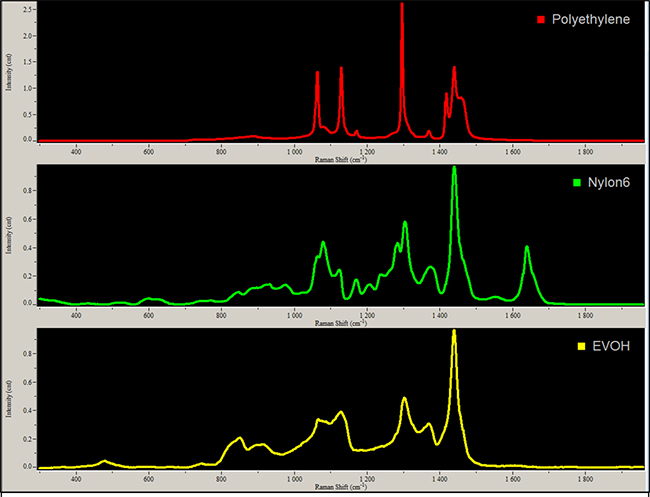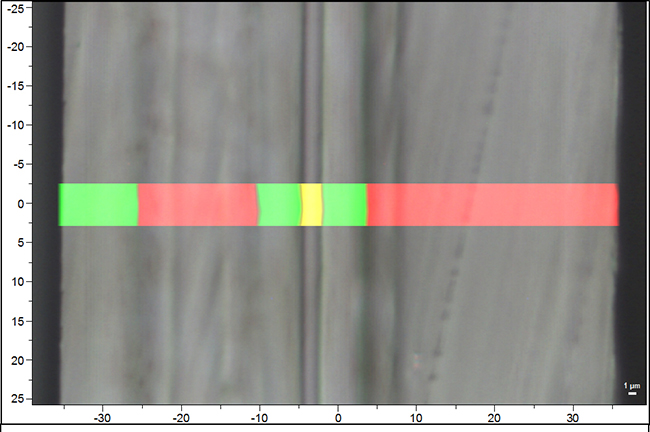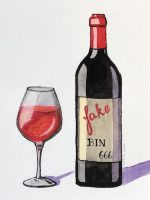Think about this number for a second: Consumers spent more than $19 billion on online grocery in 2019. While this is still a small segment of the overall $800 billion U.S. grocery market, more consumers than ever before are turning to eCommerce for the fulfillment and delivery of perishable goods, positioning the grocery delivery market to grow dramatically, especially as companies like Amazon continue to innovate in this area.
Adding to this, a recent survey found that 68% of consumers feel the freshness of perishable items is the number one quality they look for in online grocery retail. This is where things become complicated, as shipping perishables introduces an entirely new set of quality challenges for eCommerce brands. This is hindering the market from reaching its full potential until the biggest problem is solved: Ensuring food safety and freshness in every order.
This is a double-edged sword for retailers, grocers and CPGs: Interest in their service is taking off, but it takes just one package of spoiled meat or wilted vegetables to potentially lose a customer to a competitor—or even worse, get someone sick.
Today, spoilage and food safety issues are primarily driven by breakdowns in the cold chain, and it only takes one mishap to affect the quality of food throughout the rest of the delivery lifecycle. To achieve optimal freshness and keep customers happy, grocers, retailers and their trusted partners need to focus on three primary food freshness factors: Temperature, storage and packaging.
Controlling each of these issues starts at the warehouse.
Freshness Starts at the Warehouse
For most parcels, such as clothing, books and other commonly ordered goods, temperature control is rarely an issue. However, facilities that store perishable foods have a constant component to manage—temperature fluctuation.
According to the NRDC, cooling and refrigeration inconsistency is one of the biggest contributors to food spoilage and waste. This is because every food item has a definable maximum shelf life, and storing them at less than optimal or constantly changing temperatures can exacerbate and drastically shorten its timeline.
Mistakes with heightened temperatures on items like meat and poultry can also lead to bacteria growth and foodborne illnesses. In fact, the CDC estimates that 48 million people get sick, 128,000 are hospitalized and 3,000 die from foodborne diseases each year in the United States, putting a spotlight on how seriously food safety issues need to be taken.
The Need for Proper Rotation Processes
First expiration, first out (FEFO) is a motto all organizations should live by when stocking inventory. In addition, it is a critical process when working to avoid the food spoilage crisis. It may come as a surprise, but not all distribution centers have this type of rotation system in place. This means organizations could send spoiled food to consumers because an item was pushed to the back of a refrigerator during the re-stocking process and unknowingly shipped passed its expiration date. Not only does this create massive amounts of food waste, tarnish a brand and eat into a company’s profits by replacing low margin products, but consuming a spoiled food item can also be detrimental to one’s health.
While it helps to keep these types of costly errors in mind, as warehouse operations grow, there’s no possible way to manually scale this system.
Luckily, breakthroughs in cold chain technology have produced automated solutions that help organizations track everything from expiration dates to potential recalls. These types of technology support the entire cold chain lifecycle and ensure that warehouses and their grocery partners have the visibility they need to ensure freshness from fulfillment to the customer’s doorstep.
However, when the product is ready to leave the warehouse, it’s arguably about to enter the hardest portion of the cold chain lifecycle: Delivery.
Key Considerations for Packaging
For fragile items, packaging is all about keeping the item protected from drops and damage, but for food the focus should be on keeping the item fresh and at optimum temperatures throughout the duration of transit.
Given many grocers outsource delivery, they have little interest in whether food spoils, mainly because they are unaware of the package contents and are more focused on getting the item to the right location fast and effectively.
Yet there are many obstacles that need to be addressed during the last leg of delivery. What is the temperature in the delivery vehicle? If no one is home or at the office, will the package spoil outside in the heat?
For perishables, it is imperative that spoilage rates, delays in shipping schedules and unattended delivery scenarios are important factors in determining the amount of cold pack and protective stuffing that goes into the package. If these factors are not considered, customers could return to spoiled, melted or even crushed perishables.
Getting Food Fast and Fresh
Today, grocers and retailers are bullish on building out omnichannel food initiatives. However, balancing brick and mortar locations while developing profitable and efficient online delivery systems is often more than one organization can take on. While there are trusted partners designed to support eCommerce fulfillment and delivery, few are purpose-built to handle perishable foods.
Either way, in order to see wide-scale adoption of online grocery initiatives, grocers, retailers and ecosystem partners need to start prioritizing the key temperature, storage and packaging considerations and challenges associated shipping perishable foods. Acknowledging these challenges and implementing solutions for them will not only keep your products and deliveries fresh, but they will also keep customers coming back for more.























